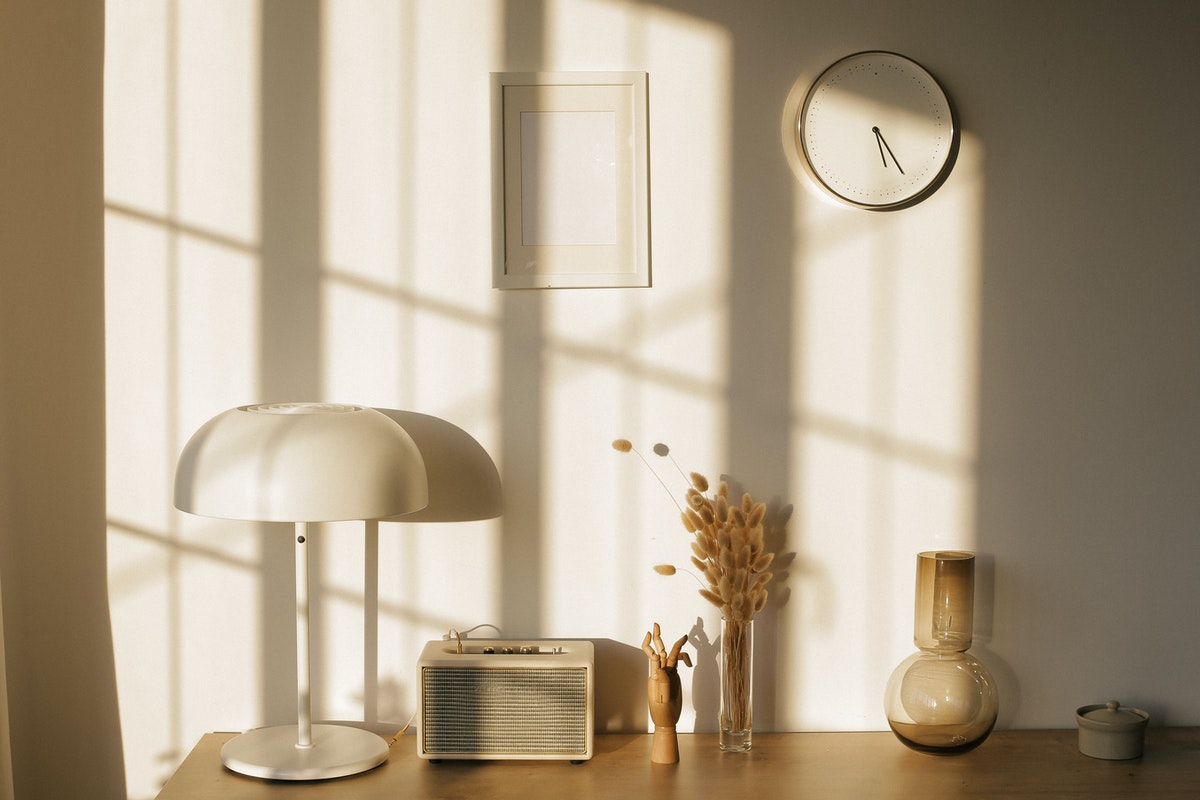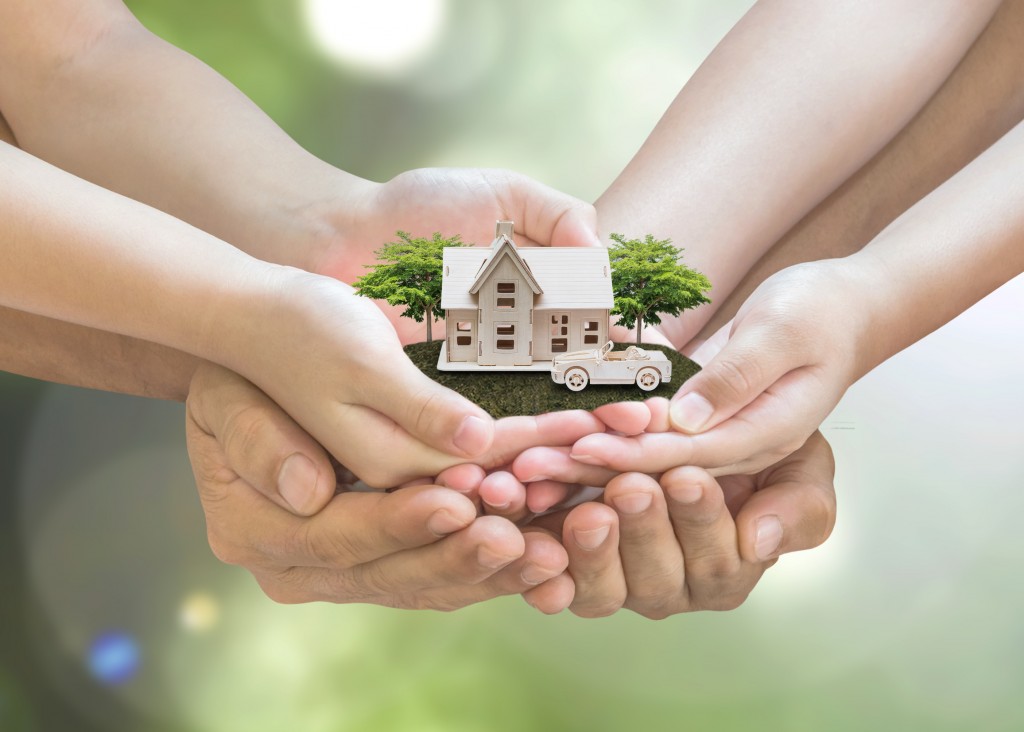The 21st century has seen many changes, both in society and the people living in it, and the actual physical world we live in. Deforestation, climate change, and global warming are common issues. These isssues have become important topics as they affect the earth. Luckily there’s also an increasing awareness regarding this topic, and many industries are beginning to pay attention to it.
One way to express this desire for eco-friendly options is to build houses that reflect sustainability. These sustainable homes have a minimal negative environmental impact. While that in itself is difficult, it’s not impossible. Here are a few tips to get you started:
Sustainable Building Materials
Materials used to build houses are often harvested through non-renewable means. From cutting down trees for lumber to harvesting gravel and crushed stone for concrete, many of the common building materials aren’t exactly environmentally friendly. But there are many options out there that will allow you to build to your liking while maintaining sustainability at the forefront. Here are a few:
Bamboo
This is commonly mistaken as a tree when it’s actually grass. But it being a grass matters very little because of the many characteristics it shares with hardwood. It’s tough and durable; it’s relatively easy to install while being manageable easy to maintain. Perhaps the most significant feature of bamboo is it’s highly sustainable as it can grow and mature very quickly (within three to six years) when compared to the twenty years it takes for wood to develop.
Cork
You might be surprised to find out that cork is actually a sustainable form of building material. Harvesting cork does not involve cutting down trees, only the bark, which then grows back in around three years. Cork has many properties that make it highly advantageous, such as being anti-microbial, anti-allergenic, and naturally repels insects. So not only is it sustainable, but it’s a legitimately good option for your home.
Reclaimed Wood
If you are not very particular about what building material you use but simply want something both reliable and sustainable, then reclaimed wood might just be for you. Of course, reclaimed materials are recycled in nature, reducing potential waste. Dumpster diving, houses being renovated, and old buildings set for demolition are great sources of materials.
And since residential structures allow different materials from commercial buildings, like the kitchen flooring for food processing or a packaging plant, there’s a considerable leeway. Reclaimed wood can still work great for walls or dividers, backsplash, or flooring. Care must be taken to make sure they’re cleaned out and safe, but at the very least, you’re utilizing something that would have been wasted.
Sustainable by Design
Designing a sustainable home begins from intention. How do you plan to live inside it? What kind of functions and uses do you have in mind? Your intended purpose will ultimately affect how you can work around common limits and think of a sustainable option. Here are a few to help you out:
Take Advantage of Natural Light

Nothing beats sunlight, from how beautiful it can illuminate a room to the health benefits it provides. Consider maximizing sunlight that comes inside your house to rely less on electricity and make efficient use of the natural heat that comes with it. Big windows allow more light in, but even if the property you’re building doesn’t or cannot have big windows, you can put mirrors near it to reflect what sunlight it can get.
Solar Power Your Property
Since we’re already talking about taking advantage of natural light, consider extending it to powering up your whole house. Solar power at home is now becoming more feasible thanks to the availability of solar panels and solar battery storage. They make you less reliant on grid electricity, and while you will have to spend the first time to acquire the tools necessary, it will both save you money while helping the environment in the long run.
Use Sustainable Insulation
Insulation is often overlooked when making a house more sustainable, but it actually matters quite a lot. Your insulation can dictate whether your property manages temperature well, ultimately affecting your power consumption. Instead of going for traditional means of insulation, consider using loose-fill cellulose as insulation. It doesn’t contain harmful chemicals, it’s created using sustainable methods, and it’s made up of 75% recycled paper such as newspapers.
As individuals, we often feel like our decisions don’t matter. That our small efforts are minuscule when compared to the grand scheme of things. In truth, our efforts are indeed small but not insignificant. Individuals expressing the need and desire for a sustainable alternative to traditional non-renewable options is one way to make everyone else pay attention. And choosing to build a sustainable home is a step in the right direction

